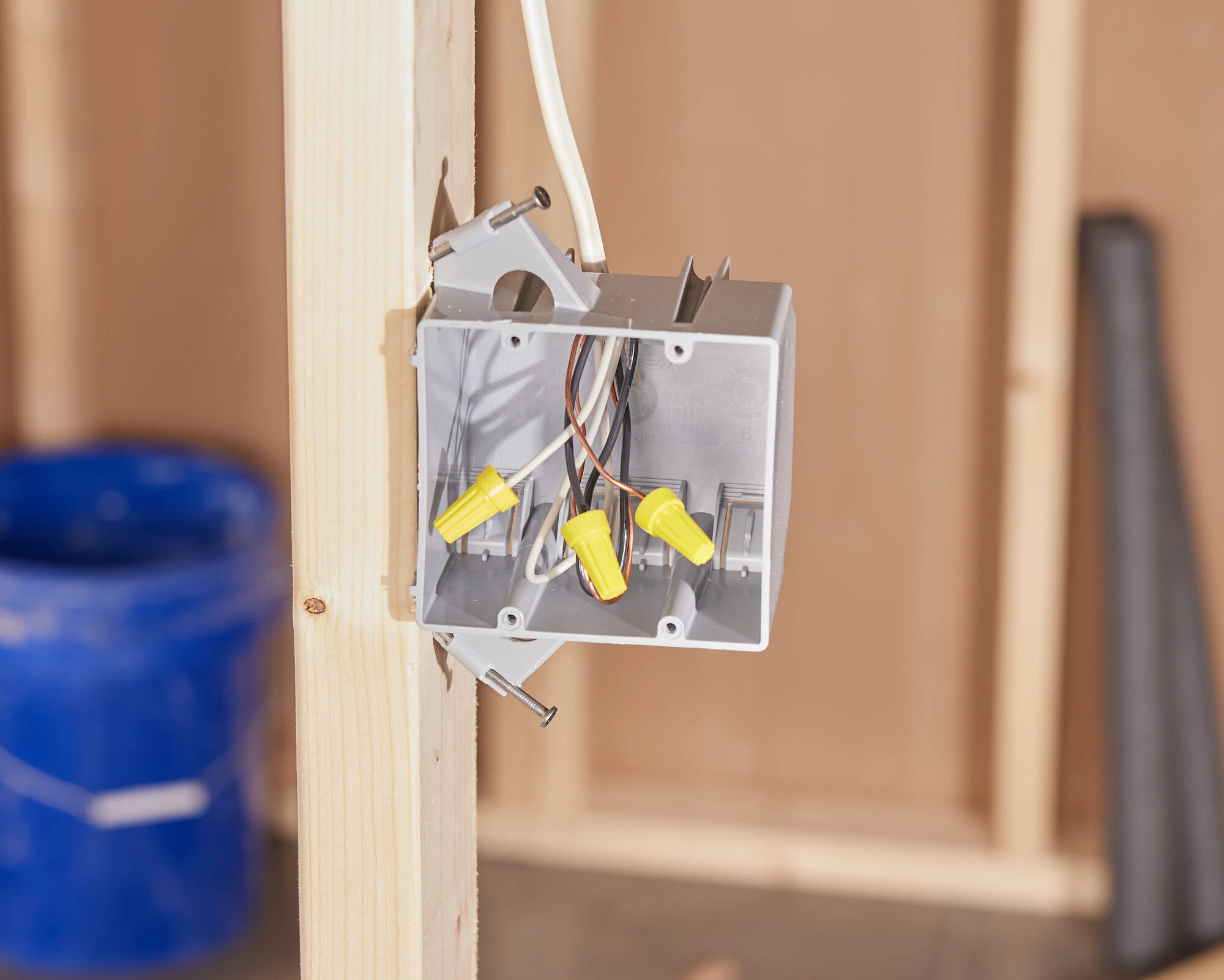

Articles
How To Attach Metal Electrical Box To Stud
Modified: August 27, 2024
Learn how to attach a metal electrical box to a stud in this informative article. Find step-by-step instructions and useful tips to ensure a secure installation.
(Many of the links in this article redirect to a specific reviewed product. Your purchase of these products through affiliate links helps to generate commission for Storables.com, at no extra cost. Learn more)
Introduction
When it comes to electrical installations and wiring, the proper attachment of metal electrical boxes to studs is of utmost importance. Metal electrical boxes are commonly used to house electrical outlets, switches, and other electrical components, providing a secure and protected environment for the wiring connections. Attaching the electrical box securely to the stud ensures stability and prevents any potential hazards.
In this comprehensive guide, we will walk you through the step-by-step process of attaching a metal electrical box to a stud. Whether you are a DIY enthusiast or a professional electrician, this guide will provide you with the necessary knowledge and techniques to complete the task safely and efficiently.
Before we dive into the steps, it is important to gather the necessary tools and materials. Here is a list of what you will need:
- Steel tape measure
- Pencil or marker
- Stud finder
- Electric drill
- Drill bits
- Screws
- Earrings and backs
- Electrical box
With these tools and materials at hand, you are now ready to begin the process of attaching the metal electrical box to a stud. Let’s dive into the step-by-step procedure!
Key Takeaways:
- Properly attaching a metal electrical box to a stud requires careful planning, accurate measurement, and secure fastening to ensure stability and safety for your electrical components.
- By following the step-by-step process and prioritizing safety and precision, you can confidently install metal electrical boxes that provide a secure environment for your wiring connections.
Read more: How To Attach Insulation To Metal Studs
Step 1: Gather the necessary tools and materials
Before you begin attaching a metal electrical box to a stud, it is essential to gather all the tools and materials you will need. Having everything on hand will streamline the process and prevent any delays or interruptions.
Here is a list of the tools and materials required:
- Steel tape measure: This will be useful for measuring and marking the location for the electrical box.
- Pencil or marker: You will need a writing tool to mark the precise spot where the electrical box will be installed.
- Stud finder: This device is crucial for locating the stud behind the wall. It will ensure that the electrical box is securely attached to a stable structure.
- Electric drill: An electric drill is necessary for creating pilot holes and installing screws later during the process.
- Drill bits: You will need a set of drill bits suitable for the size of the screws that will be used to attach the electrical box.
- Screws: Select screws that are specifically designed for attaching metal electrical boxes to studs. These screws should be strong and durable to ensure the box’s stability.
- Earrings and backs: These small metal pieces will serve as connectors between the electrical box and the stud. They are designed to fit into the mounting holes of the box.
- Electrical box: Choose a metal electrical box that is appropriate for the specific purpose, such as a junction box or a switch box.
By gathering all the necessary tools and materials beforehand, you will be fully prepared to carry out the attachment process smoothly. This will save you time and frustration, allowing you to focus on the task at hand.
Now that you have everything ready, we can move on to the next step: determining the location for the metal electrical box.
Step 2: Determine the location for the metal electrical box
Before attaching the metal electrical box to the stud, it is important to determine the precise location where it will be installed. This step requires careful planning and consideration to ensure the box is conveniently placed for your electrical needs.
Here are the steps to follow:
- Identify the purpose: Determine the purpose of the electrical box. Are you installing an outlet, a switch, or a junction box? This will help you decide where the box should be positioned for easy access and functionality.
- Consider electrical code regulations: Familiarize yourself with the local electrical code regulations. These codes provide guidelines on the required mounting height and spacing between electrical boxes.
- Measurements: Use a steel tape measure to measure the height from the floor and the distance from nearby walls, corners, or other electrical components. Take accurate measurements to ensure proper positioning of the box.
- Accessibility: Consider the accessibility of the box for future maintenance or repairs. Ensure it is easily reachable without any obstructions.
- Mark the location: Once you have determined the ideal location for the electrical box, use a pencil or marker to mark the spot on the wall or stud where the box will be attached.
By carefully determining the location for the metal electrical box, you will ensure that it is conveniently positioned and meets the necessary code regulations. This step is crucial to avoid any issues or inconveniences in the future.
Once you have marked the location, you can proceed to the next step: using a stud finder to locate the stud behind the wall.
Step 3: Use a stud finder to locate the stud
In order to securely attach the metal electrical box to a stud, you need to locate the stud behind the wall. This will provide a solid anchoring point for the box.
Here’s how to use a stud finder to locate the stud:
- Prepare the stud finder: Ensure the stud finder is in good working condition and has fresh batteries. This will ensure accurate detection of the stud.
- Select the scanning mode: Many stud finders have different scanning modes, such as electric mode, metal mode, or deep scanning mode. Choose the appropriate mode for your specific needs.
- Start scanning: Place the stud finder against the wall, starting at the location where you marked the position for the electrical box. Slowly move the stud finder horizontally until it detects the presence of the stud.
- Listen for beeps or watch for indicators: Depending on the type of stud finder you are using, it may emit a beep or display a visual indicator when a stud is detected. Pay close attention to these signals.
- Mark the stud location: Once the stud has been detected, mark the edges of the stud using a pencil or marker. This will provide a clear reference for positioning the electrical box.
Using a stud finder will help you accurately locate the stud behind the wall, ensuring that the metal electrical box is securely attached. Make sure to follow the instructions specific to your stud finder to achieve the best results.
Once you have marked the stud location, you can move on to the next step: marking the location of the stud on the wall.
Step 4: Mark the location of the stud
After using a stud finder to locate the stud behind the wall, the next step is to mark the exact location of the stud. This will serve as a guide when attaching the metal electrical box.
Follow these steps to mark the location of the stud:
- Get a pencil or marker: Grab a pencil or marker that will easily mark the wall without leaving permanent damage.
- Align the pencil or marker: Align the tip of the pencil or marker with one edge of the stud mark you made during the stud finding process.
- Draw a vertical line: Keeping the pencil or marker aligned, draw a straight vertical line from the top edge of the wall down to the bottom. Ensure the line is long enough to be visible and easily referenced.
- Repeat on the other side: Repeat the process on the other edge of the stud mark to create a clear vertical boundary.
- Double-check the markings: Step back and verify that the vertical lines align with the edges of the stud mark. This will ensure accuracy when attaching the metal electrical box.
By marking the exact location of the stud, you will have a visual reference to guide you when attaching the metal electrical box. This step is crucial in maintaining accuracy and ensuring a secure attachment.
Now that you have marked the location of the stud, you can proceed to the next step: positioning the metal electrical box against the stud.
Use 1 1/2 inch screws to attach metal electrical box to the stud. Make sure the box is flush with the stud and use a level to ensure it is straight.
Step 5: Position the metal electrical box against the stud
With the location of the stud marked on the wall, it’s time to position the metal electrical box against the stud. Proper placement is crucial to ensure a secure and stable installation.
Follow these steps to position the metal electrical box:
- Hold the box: Take the metal electrical box in your hand and align it vertically with the marked location on the wall.
- Ensure the open side faces outward: Make sure the open side of the box is facing you or in the direction where the electrical wires will be entering.
- Align the box with the stud: Adjust the position of the box horizontally to align it directly with the marked edges of the stud. The vertical lines you drew in the previous step will serve as a guide for this alignment.
- Evaluate the positioning: Step back and verify that the box is positioned correctly against the stud. It should be centered vertically between the marked lines and aligned horizontally with the edges of the stud.
By positioning the metal electrical box against the stud accurately, you’ll ensure a secure foundation for attaching the box. This step is essential to ensure the stability and functionality of your electrical installation.
Now that the box is properly positioned, you’re ready to move on to the next step: aligning the mounting holes of the box with the stud.
Step 6: Align the mounting holes of the box with the stud
Once you have positioned the metal electrical box against the stud, the next step is to align the mounting holes of the box with the stud. Aligning the holes properly is crucial for a secure attachment to the stud.
Follow these steps to align the mounting holes:
- Inspect the box: Examine the back of the metal electrical box to locate the mounting holes. These holes are typically located at the corners or sides of the box.
- Position the box: Hold the box against the wall, ensuring it is still aligned with the marked edges of the stud.
- Align the holes with the stud: Adjust the box if necessary to align the mounting holes directly with the stud edges. The vertical lines drawn earlier will serve as a visual reference for this alignment.
- Verify alignment: Step back and verify that the mounting holes on the box align precisely with the edges of the stud. Proper alignment is essential for ensuring a secure and stable attachment.
By aligning the mounting holes of the metal electrical box with the stud, you will ensure a solid connection between the box and the wall. This step is critical for the overall stability and functionality of your electrical installation.
Now that the mounting holes are properly aligned, you can proceed to the next step: attaching the metal electrical box to the stud using screws.
Step 7: Attach the metal electrical box to the stud using screws
Now that the metal electrical box is properly positioned and its mounting holes are aligned with the stud, it’s time to attach the box to the stud securely. This is done by using screws to provide a strong and sturdy connection.
Follow these steps to attach the metal electrical box to the stud:
- Prepare the screws: Select screws that are appropriate for attaching metal electrical boxes to studs. They should be long enough to penetrate the stud and provide a secure attachment.
- Position the screwdriver bit: Attach the appropriate screwdriver bit to your electric drill. It should match the head type of the screws you’re using.
- Insert the screws: Starting with one of the mounting holes, insert a screw through the hole and into the stud. Use the electric drill to drive the screw in, ensuring it goes securely into the stud without any wobbling or looseness.
- Repeat with remaining holes: Move on to the other mounting holes and repeat the process, inserting screws through each hole and into the stud.
- Tighten the screws: Once all the screws are inserted, use the electric drill to tighten them further. Be careful not to overtighten, as this can damage the stud or strip the screw threads.
By attaching the metal electrical box to the stud using screws, you ensure a secure bond and minimize any potential movement or instability. This step is crucial to create a safe and reliable electrical installation.
With the metal electrical box now securely attached to the stud, we can move on to the final step: ensuring the box is properly and securely fastened.
Step 8: Ensure the box is securely fastened to the stud
After attaching the metal electrical box to the stud using screws, the final step is to ensure that the box is securely fastened. This will provide confidence in the stability and reliability of your electrical installation.
Follow these steps to ensure the box is securely fastened to the stud:
- Inspect the screws: Check each screw to ensure it is properly tightened and seated flush against the metal electrical box. If any screws appear loose or protruding, use the electric drill to tighten them further or adjust their position.
- Verify stability: Gently shake the metal electrical box to check for any movement or looseness. It should feel firm and securely attached to the stud without any wobbling or shifting.
- Double-check alignment: Re-examine the alignment of the box with the vertical lines you marked earlier. Verify that the box is still centered between the lines and properly aligned with the stud.
- Test the mounting holes: Ensure that the mounting holes on the box are still aligned with the edges of the stud. If any adjustments are needed, carefully reposition the box to align them correctly.
- Inspect for any electrical box damage: Finally, inspect the metal electrical box for any visible damage or cracks. It is important to use a box that is structurally sound and free of defects.
By taking these measures and ensuring the box is securely fastened, you can have peace of mind knowing that your electrical installation is stable and safe. Taking the time to double-check and make necessary adjustments will help prevent future issues.
Congratulations! You have successfully attached a metal electrical box to a stud. Ensure you follow local electrical codes and guidelines for any additional steps or requirements specific to your region. With proper attachment, your electrical box is now ready to house outlets, switches, or other electrical components.
Remember, if you ever need to remove or modify the electrical box in the future, simply reverse these steps by carefully unscrewing the screws and disconnecting the wires as needed.
Good luck with your electrical projects, and always prioritize safety and precision in your installations!
Following these steps will ensure a secure and reliable attachment of a metal electrical box to a stud. By taking the time to properly align and fasten the box, you can have confidence in the stability and functionality of your electrical installation.
With the metal electrical box securely fastened to the stud, your wiring connections will be safely housed and protected. Remember to always follow local electrical codes and regulations when working on electrical installations.
Now that you have completed all the necessary steps, you can take pride in your accomplishment and enjoy the benefits of a secure and professional electrical installation.
Conclusion
Attaching a metal electrical box to a stud is a fundamental step in electrical installations and wiring. By following the step-by-step process outlined in this guide, you can achieve a secure and reliable attachment that ensures the stability and safety of your electrical components.
We began the process by gathering the necessary tools and materials, including a stud finder, screws, and an electric drill. Proper preparation is essential to ensure a smooth and efficient installation.
Next, we learned how to determine the ideal location for the metal electrical box, considering factors such as purpose, electrical code regulations, and accessibility. Accurate measurement and marking on the wall allowed us to proceed with confidence.
Using a stud finder, we successfully located the stud behind the wall, which served as the anchor point for attaching the electrical box. Marking the exact location of the stud ensured precision in the installation process.
We then positioned the metal electrical box against the stud, aligning it horizontally and vertically with the marked lines. This step provided a solid foundation for the attachment.
Aligning the mounting holes of the box with the stud and using suitable screws, we securely attached the metal electrical box, ensuring a strong and stable connection.
After completing the attachment, we emphasized the importance of verifying the secure fastening of the box, double-checking alignment, and inspecting for any damage. Prioritizing safety and precision is key in any electrical installation.
In conclusion, properly attaching a metal electrical box to a stud is a crucial step in creating a stable and reliable electrical system. By following the steps outlined in this guide, you can confidently install electrical boxes that provide a secure environment for your wiring connections.
Always remember to adhere to local electrical codes and regulations, and consider seeking professional assistance if you are unsure about any aspect of the installation process. Your safety and the proper functioning of your electrical system are essential.
Now that you have gained the knowledge and techniques required, you can confidently tackle the attachment of metal electrical boxes to studs in your future electrical projects.
Good luck, stay safe, and enjoy your successfully installed electrical boxes!
Now that you've mastered attaching metal electrical boxes to studs, why not check out the latest advancements in the world of electrical installations? Our next article showcases "11 Amazing Metal Electrical Boxes for 2024," featuring the most innovative designs that promise to enhance your electrical projects. Whether upgrading your home or tackling new construction, these boxes offer features that simplify installation and boost safety. Don't miss out on these cutting-edge solutions that could redefine your approach to electrical work.
Frequently Asked Questions about How To Attach Metal Electrical Box To Stud
Was this page helpful?
At Storables.com, we guarantee accurate and reliable information. Our content, validated by Expert Board Contributors, is crafted following stringent Editorial Policies. We're committed to providing you with well-researched, expert-backed insights for all your informational needs.
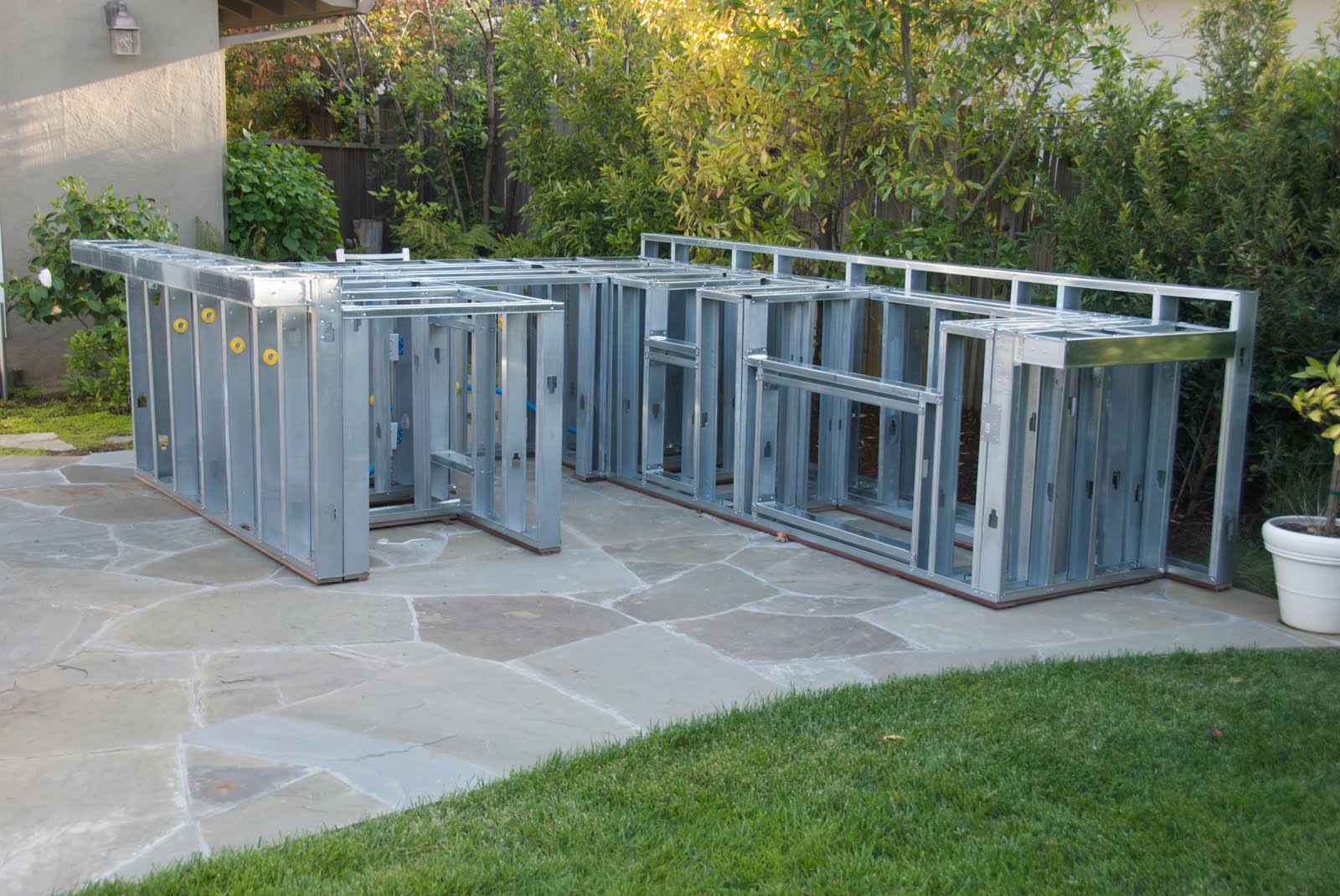
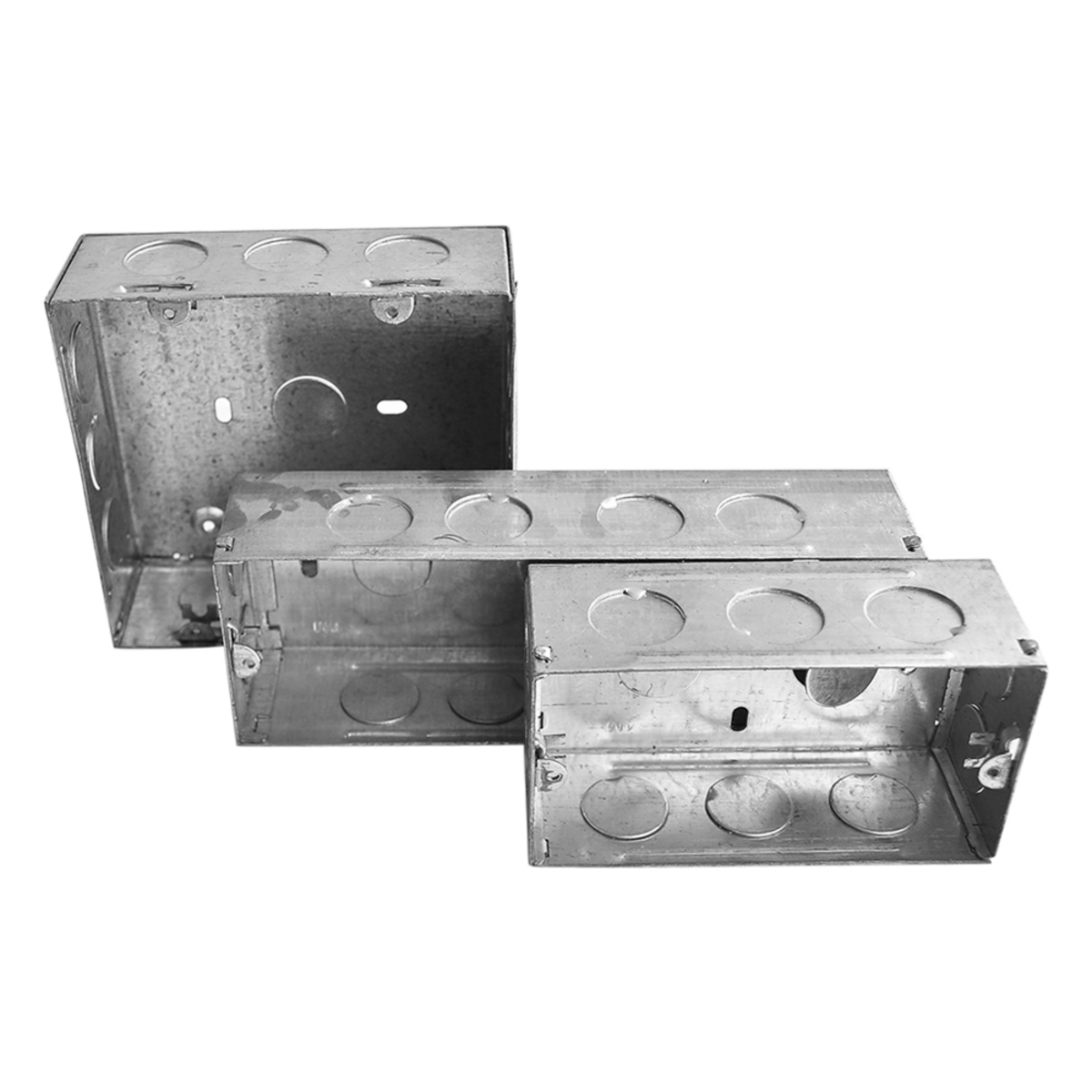
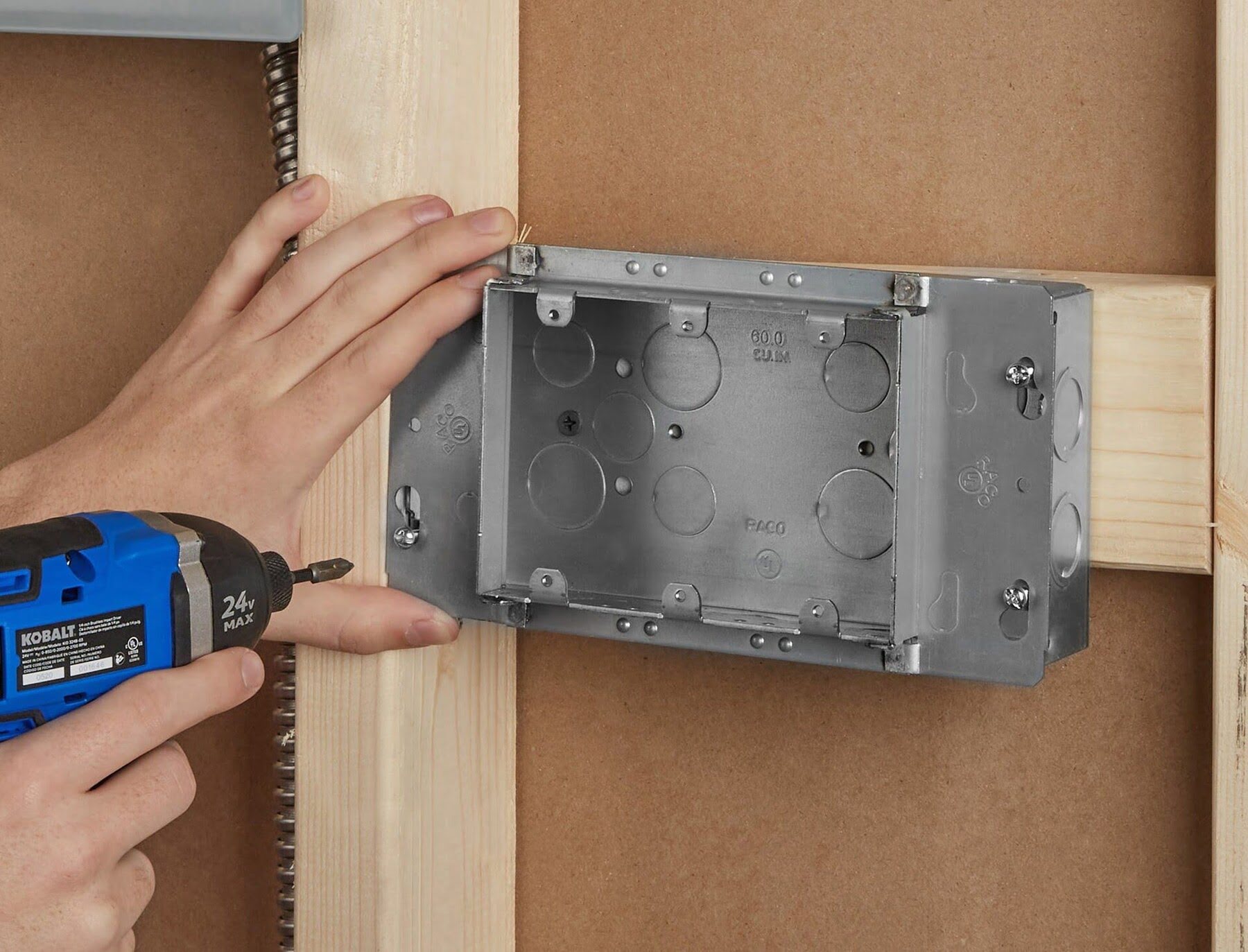
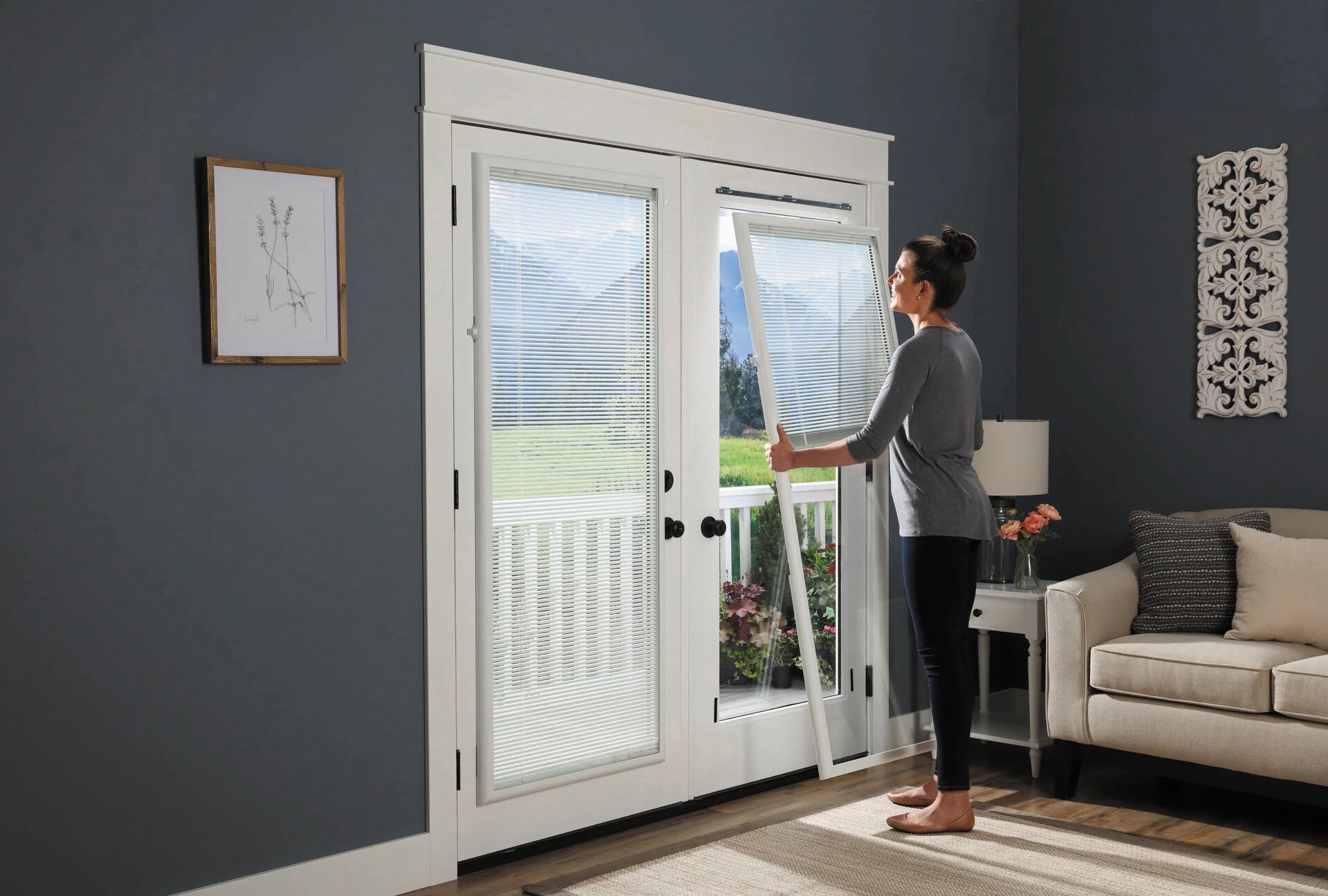
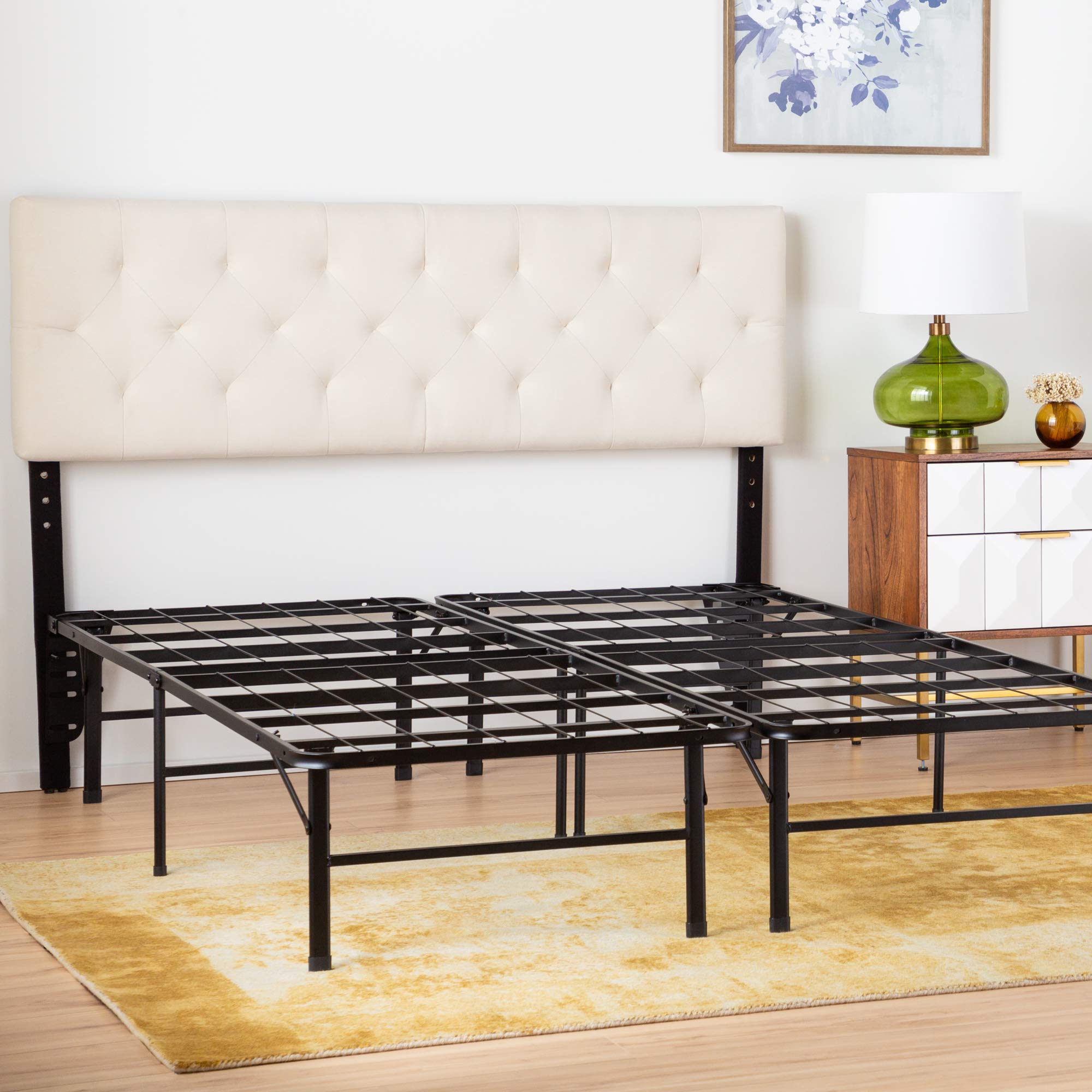
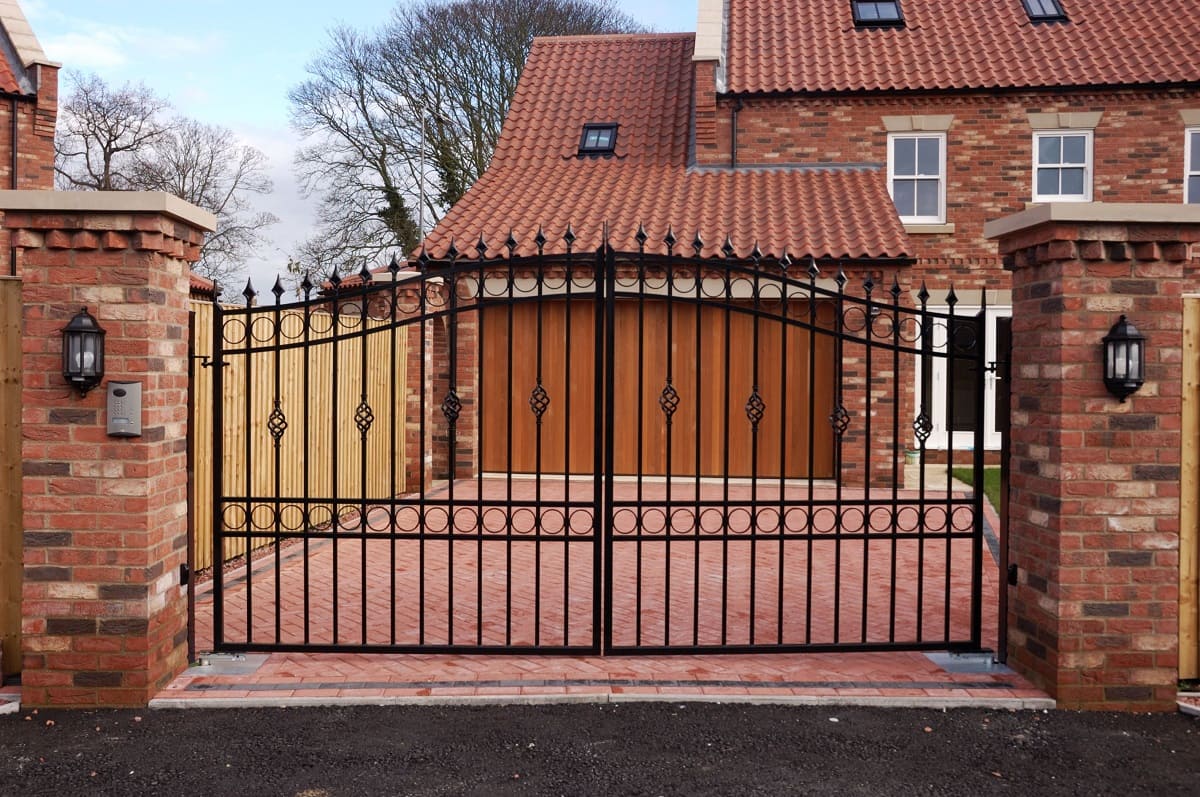
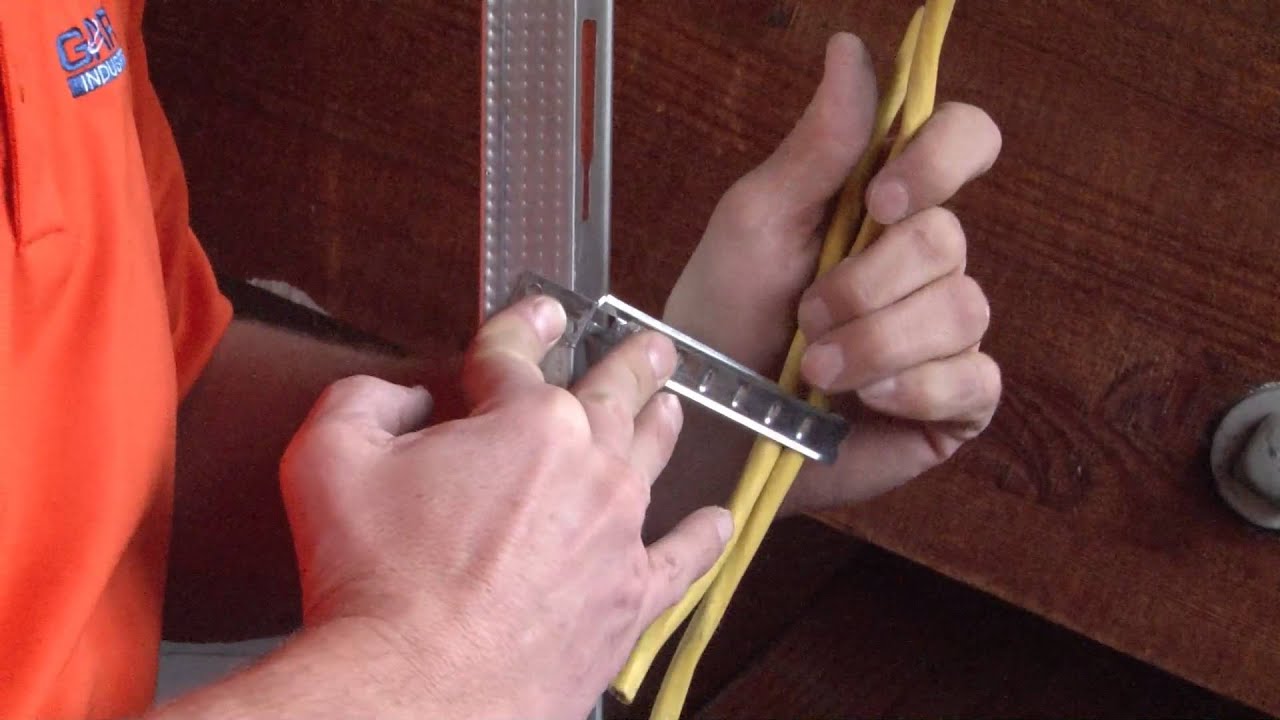
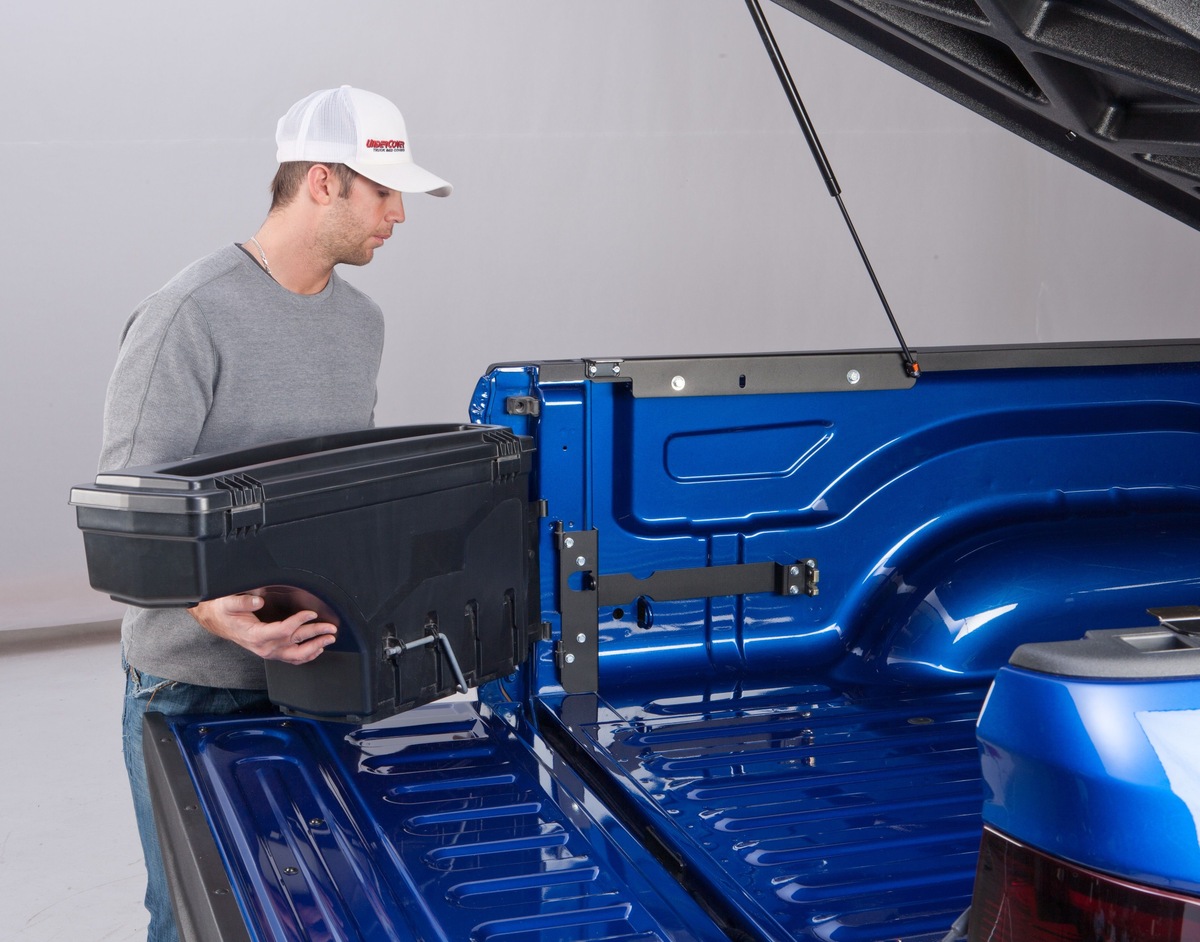
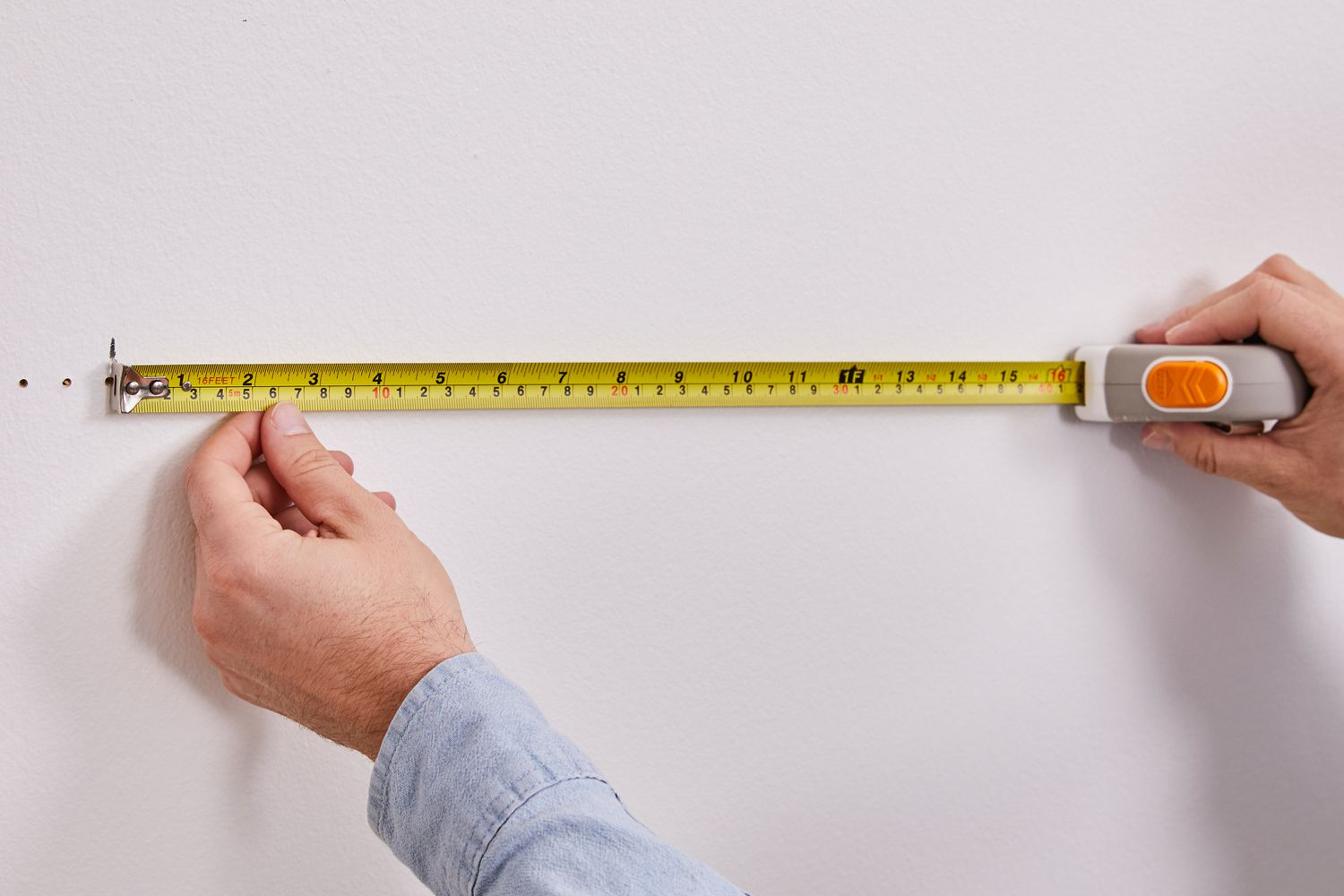
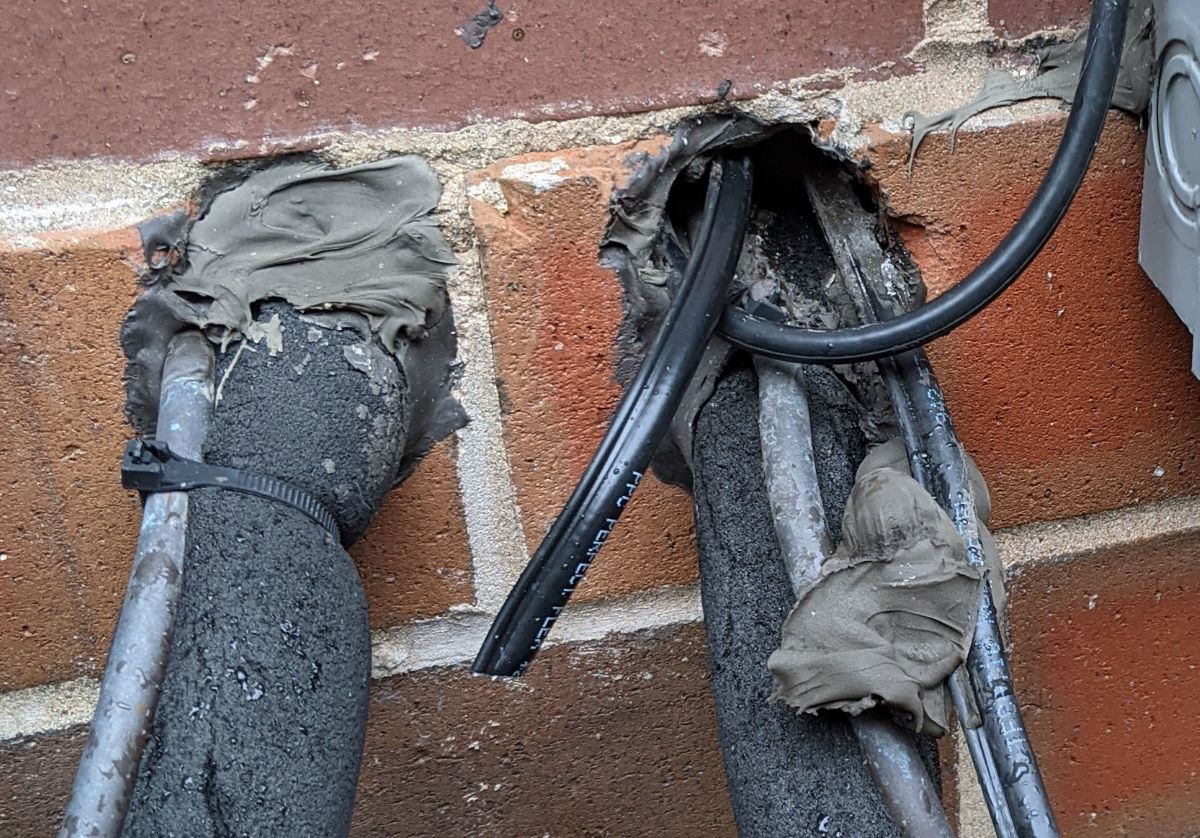


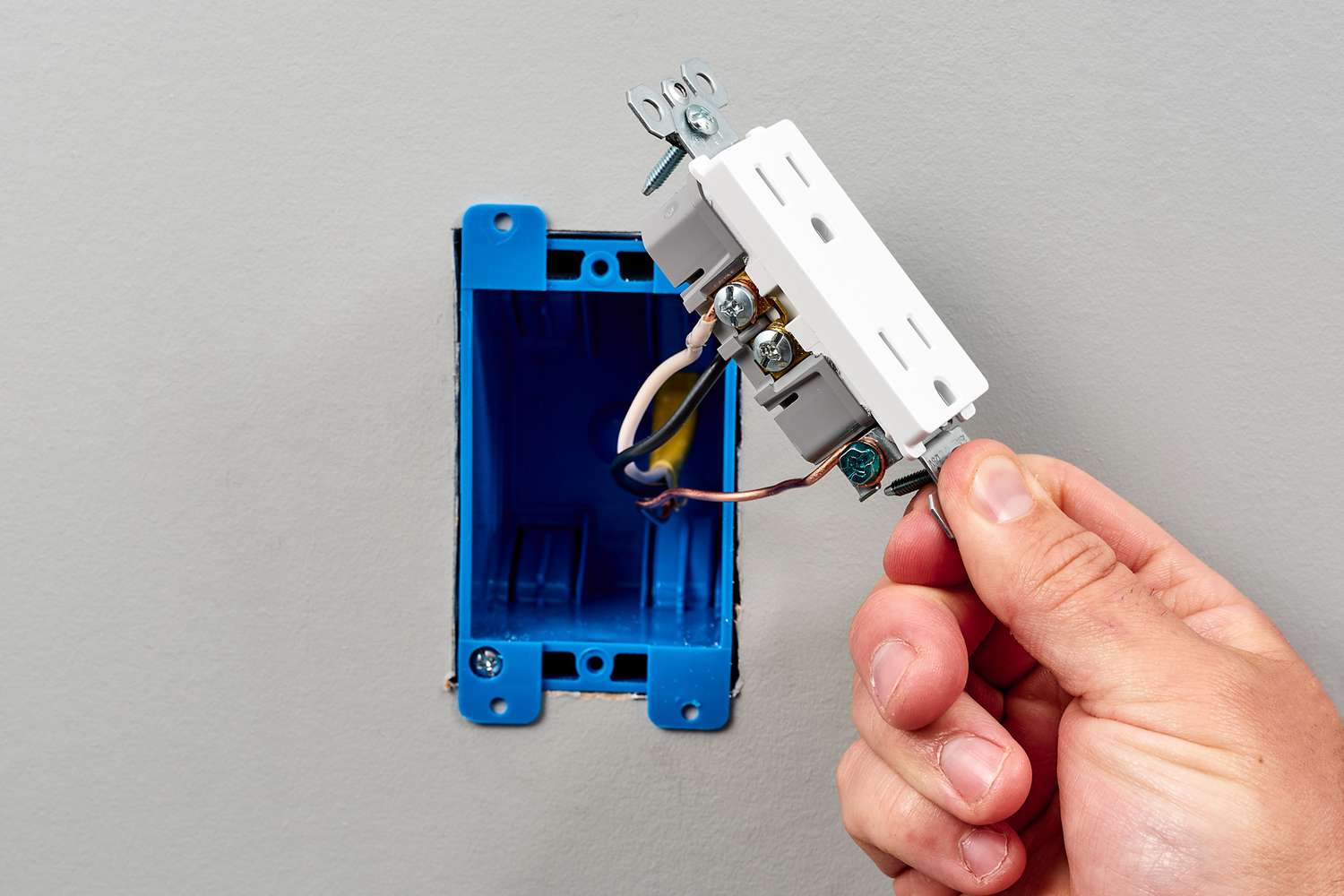

0 thoughts on “How To Attach Metal Electrical Box To Stud”